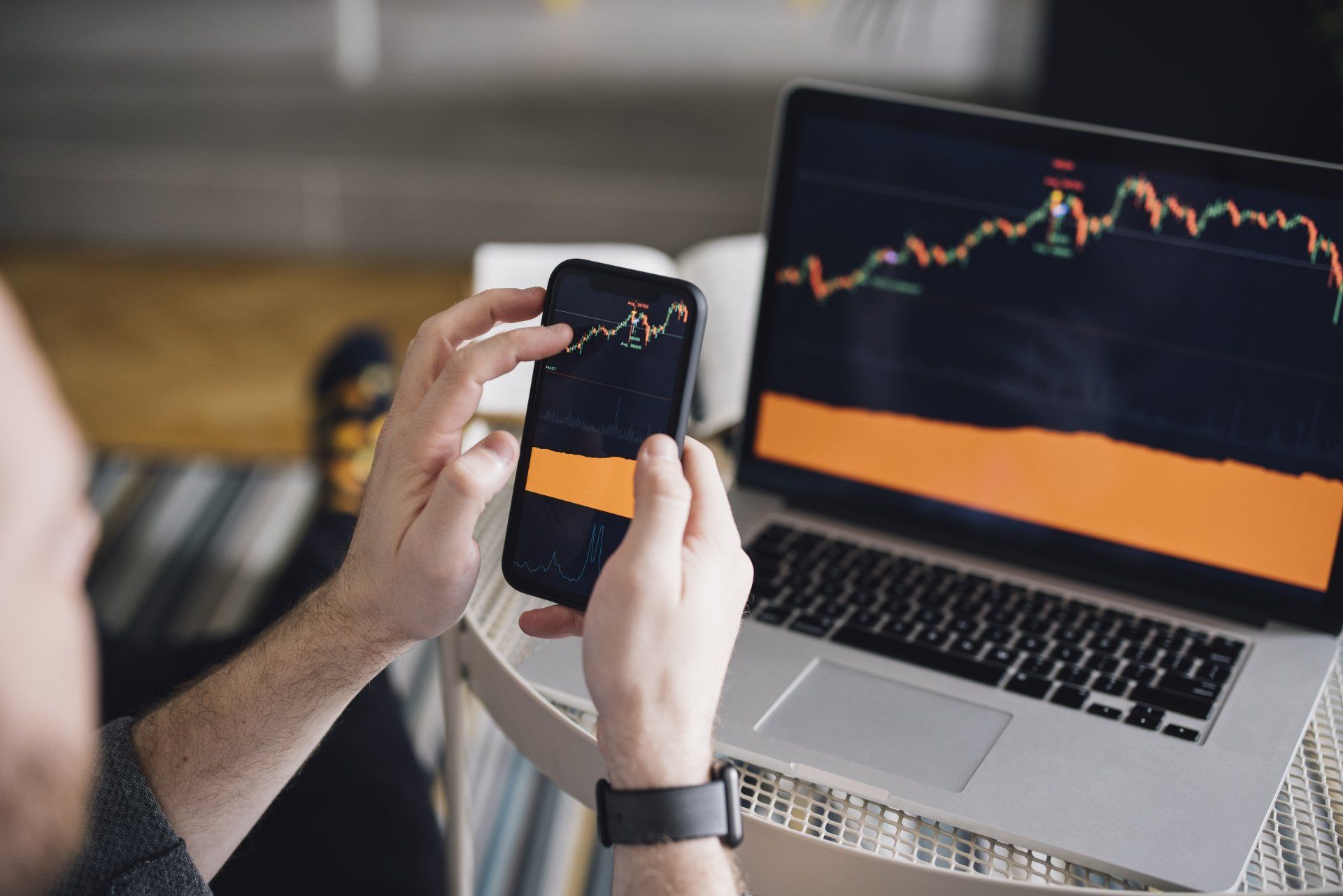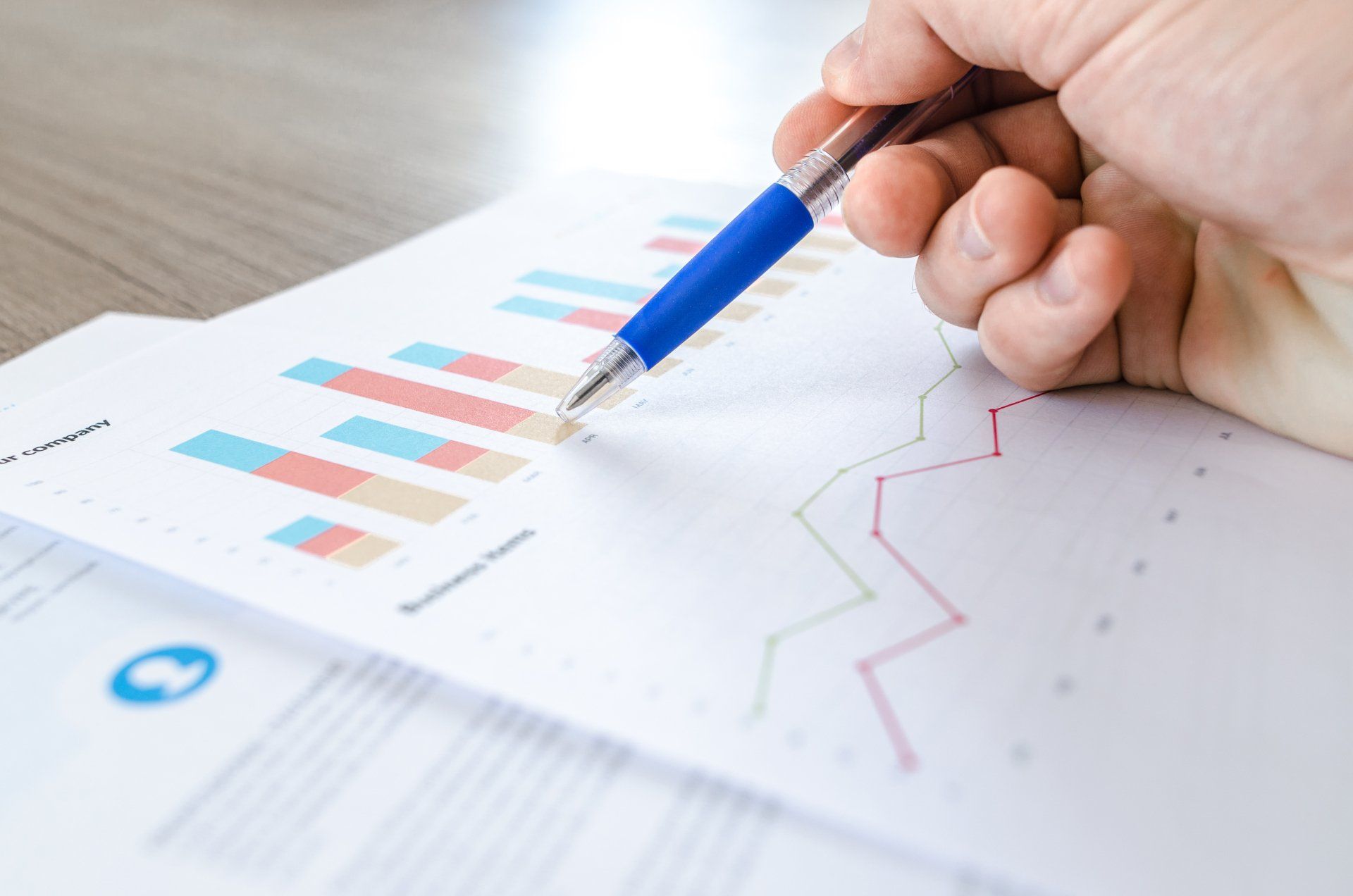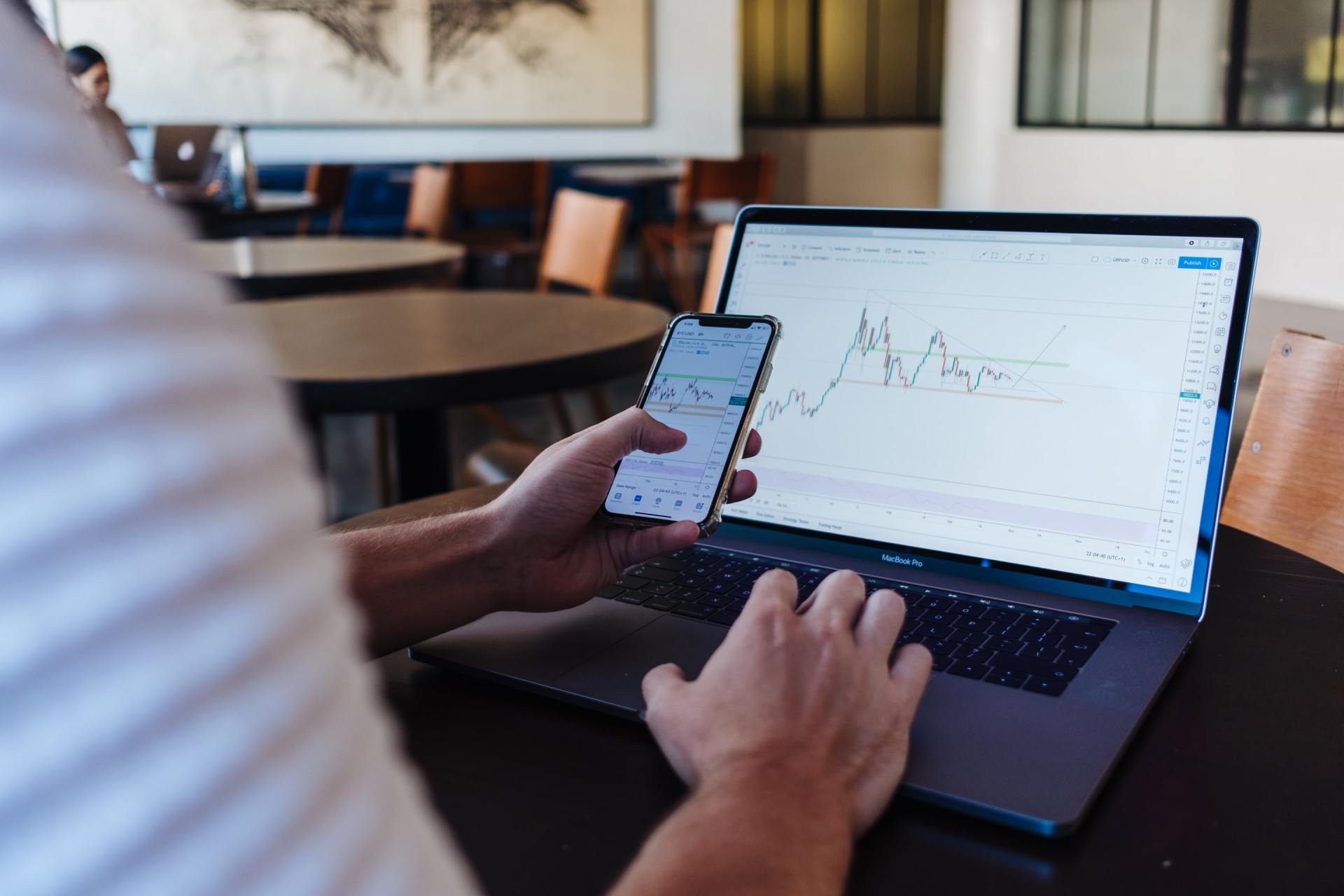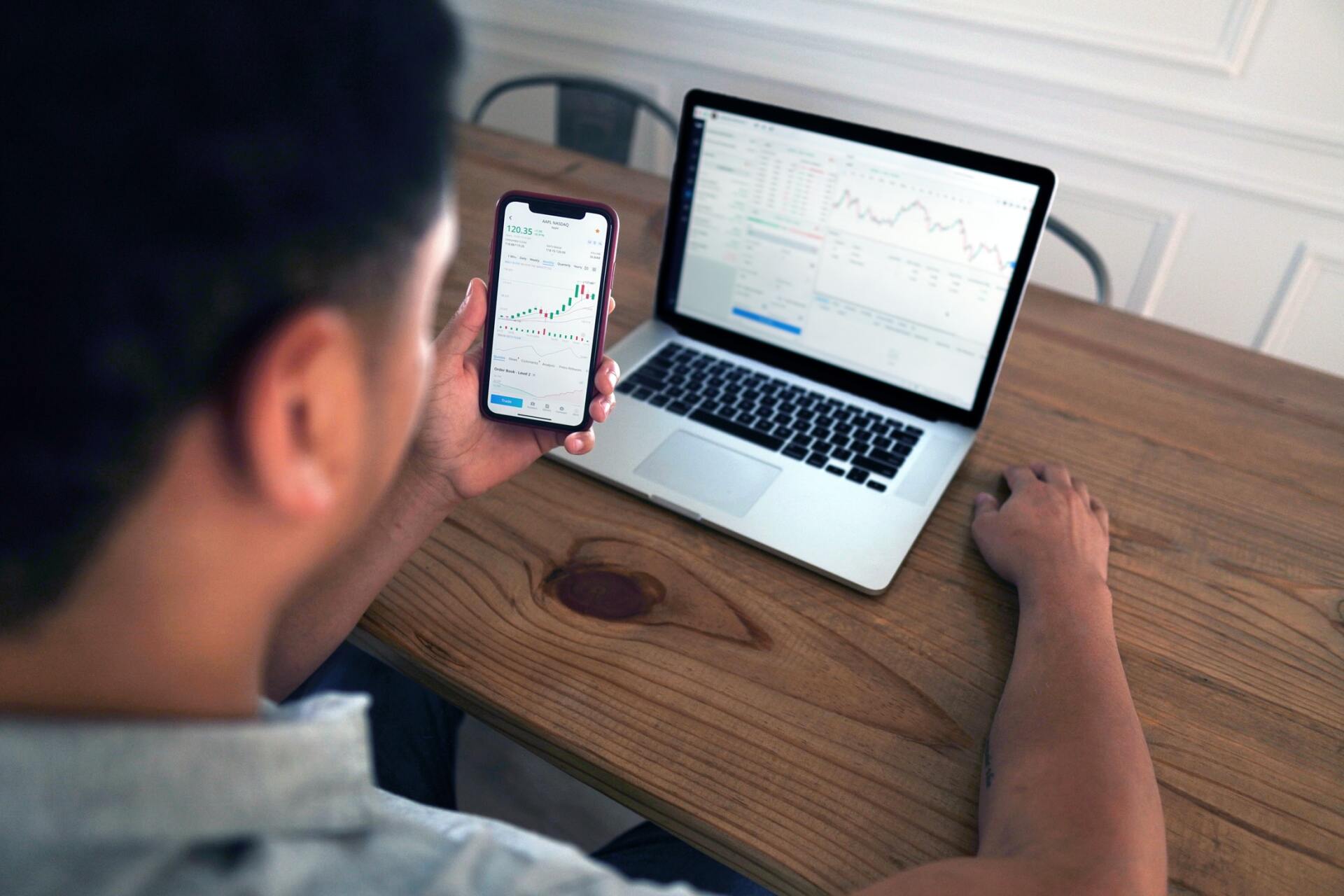Market Commentary | September 2021
THE MARKET
September ended the streak of seven positive months in a row for the S&P 500 as it was the first negative month for the index since January of this year. The index ended the month down 4.76%, but it is still up nearly 15% on the year. That is the worst monthly decline for the index since March of 2020 when it fell 12.51%.1
| Index Returns (as of 9/30/2021) | Level | September | Q3 | YTD |
|---|---|---|---|---|
| S&P 500 | 4,307.54 | -4.76% | 0.23% | 14.68% |
| Dow Jones Industrial Average | 33,843.33 | -4.29% | -1.91% | 10.58% |
| NASDAQ Composite | 14,448.60 | -5.30% | -0.40% | 12.10% |
| Russell 2000 | 2,204.37 | -3.05% | -4.60% | 11.62% |
| MSCI EAFE | 2,281.29 | -3.19% | -1.03% | 6.23% |
| MSCI Emerging Markets | 1,253.10 | -4.25% | -8.84% | -2.96% |
| U.S. Aggregate Bond | - | -0.87% | 0.05 | -1.55% |
Source (1)
The Dow Jones Industrial Average (DJIA) was down 4.29% for the month and is now up 10.58% on the year, while the NASDAQ Composite was down over 5% for the month and is now up just over 12% on the year. Small cap stocks continued to fall after they had a strong start to the year. The small cap index was down over 3% for the month, but it is still up 11.62% on the year after its strong start. International stocks were not immune to the pullback as the MSCI EAFE fell 3.19% during the month and is now up just over 6% for the year. Emerging markets are now in negative territory for the year after falling over 4% in September. The U.S. Aggregate bond index had another negative month and is now down 1.55% on the year. 1
THE VIRUS
On Wednesday, September 22nd, the U.S. Food and Drug Administration authorized a booster shot from Pfizer and BioNTech for the Covid-19 vaccine for those ages 65 and older along with others at high risk.2 President Joe Biden received his on live television on Monday, September 27th, hoping to assure Americans that the vaccine is safe and urging them to get it when it is available to them.3 Moderna and Johnson & Johnson booster shots are still being considered by the FDA, while Merck has developed a Covid-19 pill to treat those infected with the virus.4 While not yet approved, the pill is designed to stop the virus from replicating within the body and hopefully lower the chances of those needing hospitalization. Currently 65% of Americans have received at least one dose of the vaccine, and 56% of are fully vaccinated.5 These are positive signs in the fight against the virus, but the virus is still a very real threat as Covid-19 cases continue to spread, albeit at a slower pace. The virus will continue to create headlines; however, many experts believe that the markets have priced in the virus and see it as transient relative to other matters at hand that can affect them.
THE ECONOMY
Real GDP in the United States increased at an annual rate of 6.7% in the second quarter of 2021 after the third estimate was released in late September. This is a slight upward revision from the previous 6.6% estimate. Output is continuing to accelerate as this is an increase from the 6.3% number in the first quarter of this year. A large attributing factor to the increase in real GDP was the increase in consumer spending which accounts for roughly 70% of economic activity. Consumer spending grew at an annual rate of 12%, the fastest expansion since the economy began to reopen in the third quarter of 2020.6

Source (7)
CAPITAL HILL AND THE FED
On Thursday, September 30th, President Biden signed legislation to avert a partial government shutdown with only a few hours to spare as the budget year ended at midnight that evening.8 The legislation extends the current budget plan into December of this year. Had the shutdown occurred, many federal employees would have stopped getting paid and many others would have stopped working. Numerous national attractions and parks would have also been closed, but the essential aspects of government would continue as the Biden Administration believed a shutdown would have very little effect on aspects of public health. The last time a shutdown occurred was in late 2018 through early 2019.
Avoiding the shutdown was step one. The second step is to raise the national debt ceiling. This is an artificially imposed borrowing limit. If the ceiling is not raised, the U.S. could default on its national debt. Many experts predict that the country would plunge into an immediate recession as millions of jobs would be lost and interest rates would increase rapidly. For investors, the stock market would also drop quickly. Mark Zandi, chief economist at Moody’s Analytics, told CNN: “It would be financial Armageddon. It’s complete craziness to even contemplate the idea of not paying our debt on time.” Democrats voted with Republicans three times during Trump’s presidency, and most rational people believe that the ceiling will get raised one way or another. The deadline for it to be raised is October 18th. 9
The third and final step is to pass the $1 trillion infrastructure bill along with the $3.5 trillion social and environmental bill. The infrastructure bill will go towards investing in roads, railways, bridges, ports, airports, broadband internet and more. The bill has passed through the Senate already and it was scheduled to be voted on in late September by the House, but that has been delayed into October. With some Republicans in the House backing away from the bill and progressive Democrats unsure how they will vote, it is possible the bill was not going to make it through the House at this time, hence the delay. The progressive Democrats wanted to see both the $1 trillion and the $3.5 trillion bill on the floor at the same time. They are afraid that once they pass the $1 trillion infrastructure bill, many centrist Democrats will then go cold on the larger $3.5 trillion bill. As you can see, there is quite the dilemma in Congress and House Speaker Nancy Pelosi will try to navigate representatives in order to get versions of both bills passed by the end of October. The $3.5 trillion social and environmental bill would extend the child tax credit, federally fund family and medical leave systems, along with moving the country towards renewable energy to fight climate change.9 There is a lot to monitor in Washington as we head towards 2022 with the results surely to affect us all one way or another.
Lastly, the Federal Reserve Board held its most recent FOMC meeting on September 21st and 22nd. The Fed announced that it “may soon be warranted” to begin tapering bond purchases. This was somewhat expected given previous comments; however, we are still waiting on specifics. It’s possible that they announce the taper in November, but the fact that specifics weren’t given in September shows that the Fed is still somewhat dovish and focused on economic growth rather than controlling inflation. As previously discussed, the second Fed lever is rate hikes. Fed Chair Jerome Powell stated that the tapering of bond purchases will not be a direct signal to rate hikes, but there were interesting developments based on Fed member expectations after September’s meeting. In the June meeting, only seven of the eighteen Fed members expected a rate hike in 2022, but that number increased to nine after September’s meeting.10 We will continue to monitor what is happening in Washington throughout October followed by the Fed’s meeting in November.
CONCLUSION
The markets took their largest hit of the year in September. It was a steady drop though, as the largest one-day decline for the S&P 500 during the month was only 2.04% on September 28th. September has traditionally been the worst month for the index averaging a 0.99% decline, and given the last 18 months, a slight pullback was to be expected at some point. It’s very possible that there is more to come as the country is still dealing with the virus and the many issues in Washington.11 However, we want to reiterate much of what we said last year during the start of the pandemic, and that is not to panic. The following images are a few pieces of evidence as to why it is important to remain calm during these pull backs and bouts of volatility. The first image shows intra-year market declines with the red dots and the year ending market performance displayed by the gray bars. As you can see, on average, the market experienced a 14.3% price drop per year, and still finished the year positive in 31 out of the last 41 years. In order to get to that average drop of 14.3%, the S&P 500 normally experiences a 10% drawdown once per year and a 5% drawdown once per quarter. Statistics like these can help to set expectations for investors so that they aren’t terribly surprised to see another pull back or more volatility in the 4th quarter of this year.
Source (12)
The next image is evidence as to why we always recommend staying disciplined to your long-term investment objective based on your risk tolerance. From 1995 through August of 2021, you can see the annualized return of the S&P 500 on the far left equal to 9.0%. Had you stayed invested during the entire period, your $500,000 investment grew to over $4.2 million, but if you missed only the 5 best days during that time period, your investment grew to just $2.7 million. That is a $1.5 million dollar difference accomplished by simply trying to time the market. It is also worth noting that a study done by J.P. Morgan showed that six of the ten best days in the market from 1998 through 2017 occurred within two weeks of the 10 worst days. If investors worry and try to pull out at the sign of trouble, there is a decent chance that they may miss those good days to follow resulting in significantly lower returns.

Source (13)
The last image we will touch on shows the performance of the average investor during a the 20-year time frame from 2001 through 2020. Many investors think that they can actually time the market and claim to have done so simply because they got out before the bottom. However, most of them will not reinvest in time. Timing the market is very difficult and more often than not, the average investor will fail. During this period, the S&P 500 returned 7.5% per year. The two blue columns represent the disciplined investor with a balanced portfolio of 60% equities and 40% fixed income or vice versa. The disciplined, balanced investor achieved an annualized return of right around 6%, while the average investor that tried to time the market achieved an annualized return of less than 3% represented by the orange column.

Source (14)
The market is volatile, but history has shown you are better off if you stay disciplined in your investment approach. The market could continue to fall through the end of the year, or it might not. At the end of the day, investing is about time in the market, not timing the market. We continue to recommend a globally diversified approach based on your risk tolerance. If you’d like to revisit your risk tolerance or talk about how the recent pull back in the market has made you feel, please don’t hesitate to reach out and schedule a conversation.
1 – https://www.investing.com/indices/major-indices
2 – https://www.theguardian.com/world/2021/sep/22/fda-approves-covid-booster-pfizer
3 – https://www.npr.org/2021/09/27/1040898432/biden-covid-booster-vaccine
5 – https://covid.cdc.gov/covid-data-tracker/#vaccinations_vacc-total-admin-rate-total
8 – https://www.cnbc.com/2021/09/30/government-shutdown-congress-moves-to-pass-funding-bill.html
11 – https://www.spglobal.com/spdji/en/commentary/article/us-equities-market-attributes/
12 – Source: FactSet, Standard & Poor’s, J.P. Morgan Asset Management. Returns are based on price index only and do not include dividends. Intra-year drops refers to the largest market drops from a peak to a trough during the year. For illustrative purposes only. Returns shown are calendar year returns from 1980 to 2020, over which time period the average annual return was 9.0%. Guide to the Markets – U.S. Data are as of September 30, 2021
13 – Maryland Capital Management: Strategas Research Partners, S&P 500® Index. For illustrative purposes only. The S&P 500® Index is unmanaged and cannot be invested in directly. Past performance is no guarantee of future results.
14 – Dalbar Inc. Indices used are as follows: REITS: NAREIT Equity REIT Index, EAFE: MSCI EAFE, Oil: WTI Index, Bonds: Bloomberg Barclays U.S. Aggregate Index, Homes: median sale price of existing single-family homes, Gold: USD/troy oz., Inflation: CPI. 60/40: A balanced portfolio with 60% invested in S&P 500 Index and 40% invested in high-quality U.S. fixed income, represented by the Bloomberg Barclays U.S. Aggregate Index. The portfolio is rebalanced annually. Average asset allocation investor return is based on an analysis by Dalbar Inc., which utilizes the net of aggregate mutual fund sales, redemptions and exchanges each month as a measure of investor behavior. Returns are annualized (and total return where applicable) and represent the 20-year period ending 12/31/18 to match Dalbar’s most recent analysis. Guide to the Markets – U.S. Data are as of December 31, 2019.ry/
Returns are based on the S&P 500 Total Return Index, an unmanaged, capitalization-weighted index that measures the performance of 500 large capitalization domestic stocks representing all major industries. Indices do not include fees or operating expenses and are not available for actual investment. The hypothetical performance calculations are shown for illustrative purposes only and are not meant to be representative of actual results while investing over the time periods shown. The hypothetical performance calculations for the respective strategies are shown gross of fees. If fees were included returns would be lower. Hypothetical performance returns reflect the reinvestment of all dividends. The hypothetical performance results have certain inherent limitations. Unlike an actual performance record, they do not reflect actual trading, liquidity constraints, fees and other costs. Also, since the trades have not actually been executed, the results may have under- or overcompensated for the impact of certain market factors such as lack of liquidity. Simulated trading programs in general are also subject to the fact that they are designed with the benefit of hindsight. Returns will fluctuate and an investment upon redemption may be worth more or less than its original value. Past performance is not indicative of future returns. An individual cannot invest directly in an index.
This material has been prepared for information and educational purposes and should not be construed as a solicitation for the purchase or sell of any investment. The content is developed from sources believed to be reliable. This information is not intended to be investment, legal or tax advice. Investing involves risk, including the loss of principal. No investment strategy can guarantee a profit or protect against loss in a period of declining values. Investment advisory services offered by duly registered individuals on behalf of ChangePath, LLC a Registered Investment Adviser.
This commentary is published by ChangePath, LLC and is provided free of charge for information and education purposes and should not be construed as a solicitation for the sale or an offer to buy any security. This information is not intended to be investment, legal or tax advice. The information presented was obtained from sources and data considered to be reliable, but its accuracy and completeness is not guaranteed. It should not be used as a primary basis for making investment decisions. Any stated or implied recommendations herein are of a general nature. Clients should consult with their investment advisor representative for advice concerning their particular situations and consider their own financial circumstances and goals carefully before investing. This commentary is designed to be general in nature and reflects our overall opinion. Certain sections of this commentary contain forward-looking statements that are based on our reasonable expectations, estimates, projections, and assumptions. Forward-looking statements are not indicators or guarantees of future performance and involve certain risks and uncertainties, which are difficult to predict. Opinions, beliefs and/or thoughts are as of the date given and are subject to change without notice. Past performance is not indicative of future returns and there is always a risk of loss of principal with any investment strategy. Individuals cannot invest directly in an Index. Indices are unmanaged and do not reflect actual portfolios or trading and the stated returns do not include investment management fees, transaction fees, dividends and other earnings and the timing of investment decisions, thus, they are not necessarily indicative of the allocation or return that an actual managed account in the future will or would have achieved. Investment advisory services offered by duly registered individuals on behalf of ChangePath, LLC a Registered Investment Adviser.








P:
888.798.2360 F:
913.661.1183
6330 Sprint Pkwy Suite 400, Overland Park, KS 66211
Disclosure: Continuity planning offered through CreativeOne Wealth, LLC and CreativeOne Securities, LLC. CreativeOne Wealth, LLC. advisory services offered through CreativeOne Wealth, LLC, a Registered Investment Adviser. CreativeOne Securities, LLC. Member FINRA/SIPC and an Investment Advisor.
Privacy Policy | ADV Part 2A | Form CRS
© 2023 Creative One Marketing Corporation, CreativeOne Wealth, LLC and CreativeOne Securities, LLC.



